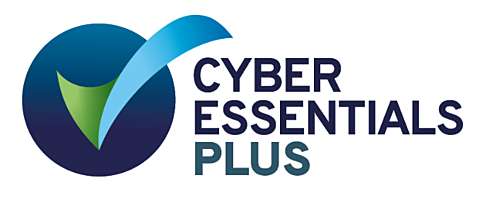Transforming Administration
13 Dec 2021
Recognising the fault
Our client was experiencing issues with their administration service. They were on a legacy system that wasn’t well integrated, and were being serviced from an office that was experiencing some resource challenges. The provider was distracted and the combination of these factors led the service quality to fall.
The service had become so poor, and the response so inadequate that the client was considering other options in the market.
However, the provider acknowledged their faults and recognised the flaws. They took steps to address them; and quite radical steps given how much easier it is to make promises to improve current services. Instead, they suggested a change of office and a change of system!
We were appointed to support the client in the review of the provider’s proposals and to challenge the provider. Essentially, we were to bring our experience of such exercises to the project and to be a nuisance on our client’s behalf.
Working together
The proposals were sensible, but flawed. We were able to bring our knowledge of administration and practices in the market to help our client and the provider shape a proposal that would meet the needs of both parties.
This included having a robust transition plan to ensure a successful transfer of the services, handover of knowledge and implementation of the new system. All of this to be achieved whilst improving the business as usual administration.
The provider demonstrated a clear commitment to service improvement and working in partnership with our client.
Our client also took the opportunity to review the contract. It was outdated and no longer reflective of the services in place. Again, when it comes to contract, a recognition that the document must be mutually beneficial is important. The relationship needs to be a partnership, or it will struggle to go the distance.
The results
With our input and challenge, the client was able to recommend to the Trustee Board that they remain with the incumbent provider, subject to successful delivery of the project and renegotiation of the contract.
By demonstrating a commitment to rectifying past issues and to maintaining a successful relationship, underpinned by a quality service, the provider was able to rescue a failing relationship.
Clients need to recognise that administration sometimes goes wrong, and providers need to stand up and acknowledge where this has happened. It is how providers react to service failures that can turn a client into the best of advocates.
Key Learnings
- A key part of saving any failing relationship is recognising your failures in the first place.
- Working collaboratively to develop a proposal and build a relationship that meets the requirements of both sides is the best way to approach a project.
- Independent support can help ask the challenging questions on behalf of the client.


